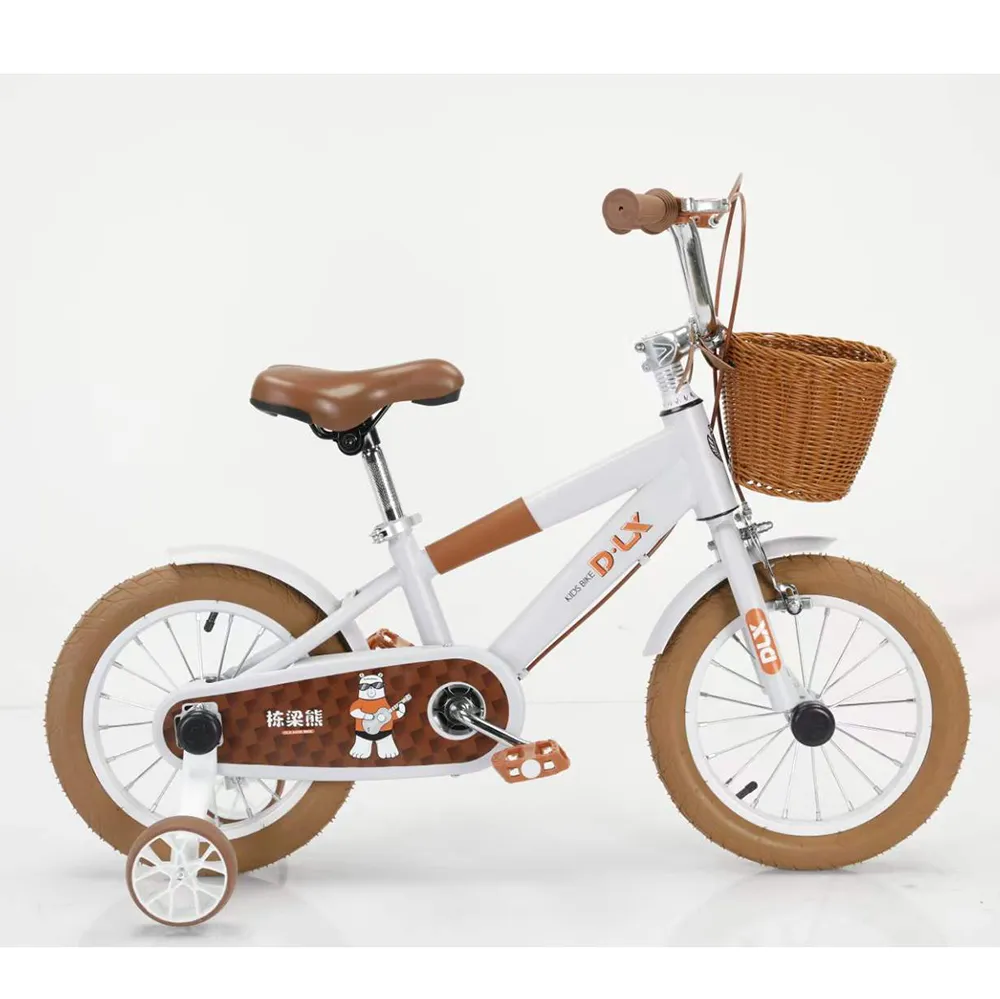how to teach a kid to balance on a bike
How to Teach a Kid to Balance on a Bike
Teaching a child to balance on a bike is an exciting and rewarding experience, not only for the child but also for the parent or guardian involved. Mastering bike balance opens up a new world of adventure for kids, enhancing their confidence, motor skills, and sense of independence. Here’s a comprehensive guide to help you teach a child to balance effectively.
Choose the Right Bike
Before starting the learning process, it's crucial to select an appropriate bike. A bike that is the right size for the child is essential for comfortable handling. When seated on the bike, the child should be able to touch the ground with the balls of their feet. Consider using a balance bike, which is a smaller bike without pedals that allows kids to focus solely on balance. If you opt for a standard bike, remove the pedals temporarily to simplify the process.
Find a Safe Learning Environment
Look for a safe, open space free from traffic and distractions. Parks, empty parking lots, or quiet streets provide ideal settings where your child can practice without concerns about safety. The area should have a flat surface, making it easier for the child to balance.
Start with the Basics
Before even attempting to ride, have the child become accustomed to sitting on the bike and steering. Encourage them to walk the bike while sitting on the seat. This activity helps them understand the bike's weight and how it responds to their movements. Once they feel comfortable, they can practice gliding. Have them push off the ground with their feet and lift their feet off, trying to glide for as long as possible. This is a crucial step in learning to balance.
Introduce Balancing Techniques
how to teach a kid to balance on a bike

Once the child feels confident in gliding, it’s time to focus on balancing. Explain the importance of looking ahead rather than down at the ground. Looking forward helps maintain balance as it allows the child to adjust their body position effectively. Encourage them to slightly lean in the direction of their intended movement, which will help with steering and stability.
Practice Starting and Stopping
After they have practiced gliding and balancing, demonstrate how to start and stop effectively. Teach them to place one foot on the pedal while the other remains on the ground for support. They can push off with their grounded foot and begin pedaling once balanced. Stopping can be practiced using the brakes or putting one foot down gently when they come to a halt.
Use a Supportive Approach
Throughout this learning journey, patience and encouragement are key. Celebrate small achievements, whether it’s gliding a few feet or successfully balancing for a moment. If the child feels nervous or frustrated, take a break, offer reassurance, and remind them that practice makes perfect. You might also want to run alongside them initially until they gain confidence.
Gradual Independence
As the child becomes more proficient, gradually allow them to ride with less support. Let them practice turning and navigating obstacles. Encourage them to ride a little further each time, enhancing their confidence and skills. You might also consider joining them on family bike rides to reinforce their newfound skills in a fun setting.
Conclusion
Teaching a child to balance on a bike is not just about riding; it’s about fostering confidence and independence. By ensuring the right equipment, providing a safe environment, and employing supportive techniques, you can help them successfully tackle this new skill. Before long, they will be biking independently, ready for endless adventures!
-
The Perfect Baby TricycleNewsAug.11,2025
-
Ride into Fun with Bikes for KidsNewsAug.11,2025
-
Ride into Adventure with the Perfect Kids Balance BikeNewsAug.11,2025
-
Fun and Safe Riding with the Best Childrens ScootersNewsAug.11,2025
-
Find the Perfect Childrens Bike for Your Little OneNewsAug.11,2025
-
Explore the Best Baby Tricycles for Your Little OneNewsAug.11,2025
-
Three-Wheel Light-Up Scooter Benefits for KidsNewsJul.11,2025








